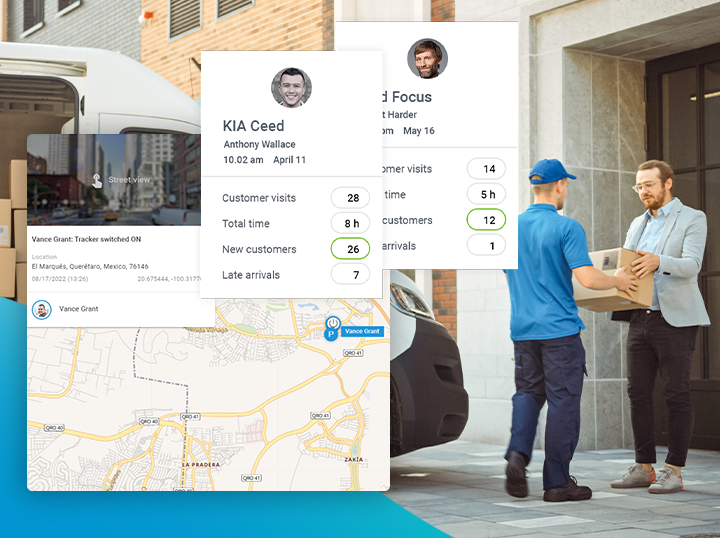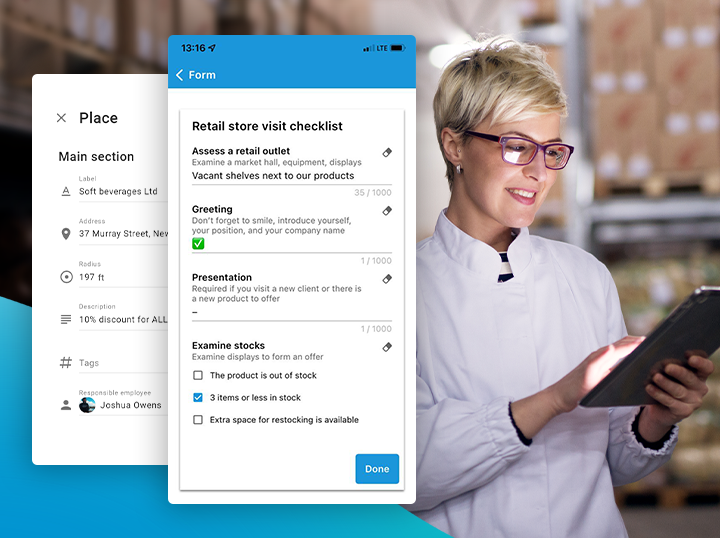Whether we realize it or not, digital technology is starting to invade the way leaders manage their teams. As a result, talent management tools are significantly affecting human resource and operations practices. Luckily that change can be good for many if they learn how to adapt to the technology well.
It’s reported that workforce and talent management systems technology will grow to $43.29 billion by 2028. There’s an increasing demand for workforce management tools today because of their benefits to an organization. Using these tools helps automate many processes, which can include:
- Notifications and alerts — Informing staff and managers about activities like time logging, task completion, and so on.
- Project management — Managing projects and teams remotely, so the ball keeps moving.
- Data analysis — Crunching numbers and giving interpretations that could help reduce cost, improve efficiency, and build up sales.
These are just some of the areas of workforce management that digital tools can now automate. By automating these functions, managers can now focus on more high-value tasks. So for a company or executive committee that wants to start automating their workforce management operations, where do they start? Here are five tips and considerations when looking to enter the digital age of people management.
Document your workforce management processes
The first part of all workforce management processes is to put them in writing. By documenting all workforce management systems, we get a better glimpse of which parts a software can take care of. Some of the processes you need to start documenting might include the following:
- Employee policies
- Operations manual
- Onboarding processes
- Project management systems
- Field management systems
Put all your documents in a place where people can readily access them. Using a cloud-based system is now becoming the standard versus printed documents that can easily get misplaced.
Automate HR functions
When adopting a workforce management system, a primary part of your business operations that will experience many changes are the human resource ones. Consider automating your human resource functions so that HR managers can save time and effort on many manual tasks that take up a considerable amount of time. With workforce management software, HR professionals can now automate work schedule creation, payroll computation, time tracking, and so on.
It’s also important to consider hiring HR staff that is already knowledgeable about these technologies. At the very least, they should be open to learning about them. Nowadays, it’s not just enough that human resource professionals know things like what’s an associate degree or how to compute payroll. We’re coming into a time where technological skills are now non-negotiable. HR professionals need to be aware of software and tech that can help streamline many HR functions.
Use field service management tools
So whether you’re managing door-to-door salespeople, delivery riders, installation technicians, company drivers, or any mobile employee, you should consider adopting field service management technology.
Some of the best workforce management software can track employee movement with GPS monitors for better accountability. They also often provide communications platforms to stay connected with field staff and get real-time updates from the ground. On top of tracking employees, it can also be helpful in customer data management for marketing and customer service purposes.
Use data and analytics
The advent of the digital age has been ruled by the significance of data and its uses. Companies use data and analytics all the time to assess company operations. We use it to track sales, expenses, employee performance, and so on. Managers look at data to help improve sales and lower company costs.
One use case is when field managers use analytics tools on field service management apps to plan the best routes to reduce delivery costs. In other cases, companies might also use data to determine which persona of customers are the most profitable so the sales and marketing team can make campaigns to target more of them. These are only some of the many ways we can now use data and analytics to make better business decisions.
Embrace mobile technology
Technology is now becoming more and more mobile. With field service staff mainly, this is excellent news. Now field staff can access company software through a workforce management app on their phone. This feature makes teams more mobile and accessible.
When selecting technology, the software of choice must have a mobile app version of its service or a mobile-responsive website at the very least. Now, people tend to judge user experience more based on how it looks on the phone. By selecting mobile tools, we increase internal usage and remove any hindrances from staff from adopting and using the apps.
Work from home will change the way we work and lead
Now that 70% of employees work remotely at least once a week, things are changing fast in the workplace. As a result, companies need to start preparing for this reality by adopting more technology. By doing so, we move with the times and ensure that our operations remain optimal and relevant.






















